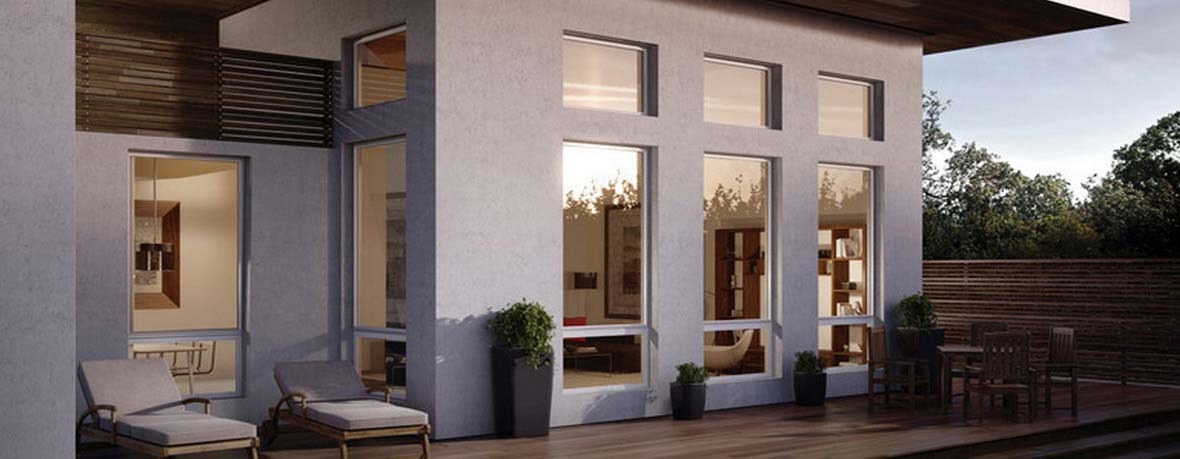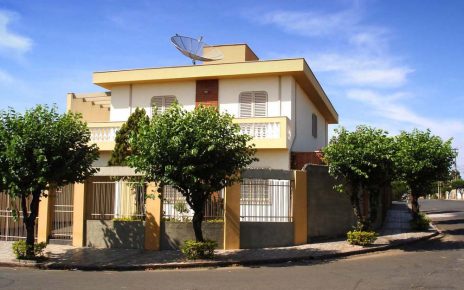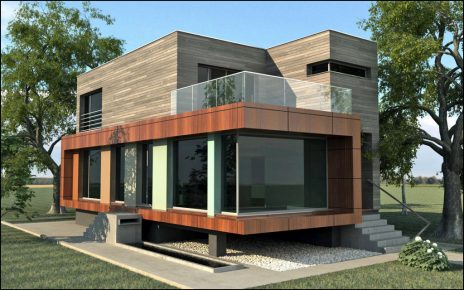There are plenty of good reasons to displace your old home windows. New ones won’t be drafty, won’t require unsightly surprise windows, and can tilt set for easy cleaning. They’ll also become more effective than your old windows-but not almost enough to warrant paying $300 to $1, 500 or even more per replacement window in order to lower your cooling and heating bills. Here’s what you ought to know before you make the investment.
New home windows won’t purchase themselves
Today’s best dual-paned home windows are about doubly effective at keeping heat and air-con as the single-paned systems installed simply a couple of years back, but perhaps only 15% better if those old systems have storm home windows with them. And since home windows constitute only a little small percentage of your building’s outdoor “envelope, ” new home windows will produce no more than 5% to 15% percent total energy cost savings. The average home owner in America will pay about $1, 000 a yr to heating and cool a home, indicating it could take you more than a century to earn back again your investment. For more detail please visit, Replacement Windows In Los Angeles.
Consider maintenance
As all veteran renovators know, the wood products sold today do not operate as well to the elements as the real wood used 50 or a century ago. (That is mainly because the lumber is farmed quickly rather than normally grown gradually.) So, to avoid viewing your new home windows rot, you’ll want to consider an alternative solution to wood. Vinyl windows will be the least expensive choice, or you can come on wood windows included in an aluminum pores and skin (“cladding”) externally. The cladding comes manufacturing plant colored in your color of preference, and that end is assured for 20 years-a good 3 to 4 times much longer than exterior color applied to wood home windows. You’ll pay about 15% to 20% percent more for aluminum-clad than unclad real wood.
Old home windows can be repaired
Because your old home windows are drafty, rattly, or won’t stay open up doesn’t imply you have to displace them. A screen recovery specialist like Coviello-or a good good handyman or carpenter-can release painted-shut higher sash; replace damaged panes, sash cords, hardware, and glazing (the putty that retains the glass set up ); and add weather-stripping. That kind of overhaul typically operates $100 to $350 per screen, and by enough time you’re completed, the old home windows may find yourself virtually as effective as completely new ones. Besides, some old homes have beautiful home windows that are really worth keeping. And if you’re seeking to slash energy expenses, there are more cost-effective ways than replacing home windows to do cellar insulation, it and such as adding attic.
Aesthetics are fundamental
Homeowners get about 73% of their replacement window investment when they resell the home. Choose the incorrect home windows, though, and substitutes can detract from your home value. Like mantelpieces and built-in cupboards, original wood home windows are essential architectural features. “Replace them with a downscale product, and you also downscale the home. ” Be sure to match the appearance of the initial windows-using real wood rather than vinyl fabric to displace existing real wood and coordinating the divided light design (the amount of panes in each windowpane ) from the originals.
Perchance you don’t need a complete replacement
You can find two ways to displace windows. The service provider can accomplish the inside and exterior cut to install a complete new windowpane unit-and insulate all the gaps-before reinstalling the cut, the same process used throughout a full renovation task. Or he can use a window insert, which really is a smaller device that suits inside the prevailing opening, with no need for removing the prevailing trim. The second option will save $150 to $300 per windowpane in labor costs, but it doesn’t enable insulating the environment spaces common around windowpane opportunities, so inserts may produce much less in energy cost savings.




